Invented by Manas Bhikchand Mutha, Prosenjit Sinha, Jun H. Ahn, Commvault Systems Inc
Email attachments have become an integral part of our daily communication, whether it is for personal or professional purposes. However, the storage limitations imposed by email providers often pose a challenge. Many email services have a limited storage capacity, forcing users to delete or download attachments to free up space. This can be time-consuming and inconvenient, especially when dealing with large files or a high volume of attachments.
To address this issue, several companies have emerged in the market, offering specialized storage solutions for email attachments. These platforms provide users with additional storage space, allowing them to store attachments directly from their email accounts. This not only frees up space in the email inbox but also provides a secure and easily accessible repository for attachments.
One of the key advantages of using specialized storage platforms is the ability to access attachments from anywhere, at any time. These platforms often offer cloud-based storage, enabling users to access their attachments from various devices, including smartphones, tablets, and computers. This flexibility is particularly beneficial for professionals who need to access important documents on the go or collaborate with team members remotely.
Moreover, these storage platforms prioritize security and data protection. They employ advanced encryption techniques to safeguard attachments from unauthorized access, ensuring that sensitive information remains confidential. This is especially crucial for businesses that deal with confidential client data or proprietary information.
In addition to storage, many of these platforms offer additional features to enhance productivity and collaboration. Users can organize attachments into folders, tag them for easy searchability, and even share them with colleagues or clients. Some platforms also integrate with popular productivity tools, such as project management software or document editors, allowing for seamless workflow integration.
The market for storage of attachments in mail is highly competitive, with numerous players vying for market share. As a result, users have a wide range of options to choose from, each offering different storage capacities, pricing plans, and additional features. This competition has led to constant innovation, with companies continuously improving their platforms to meet the evolving needs of users.
In conclusion, the market for storage of attachments in mail has experienced significant growth due to the increasing demand for efficient and secure storage solutions. These platforms provide users with additional storage space, easy accessibility, and enhanced security for their email attachments. As the reliance on digital communication continues to grow, the market for storage solutions is expected to expand further, offering users even more options to effectively manage their attachments.
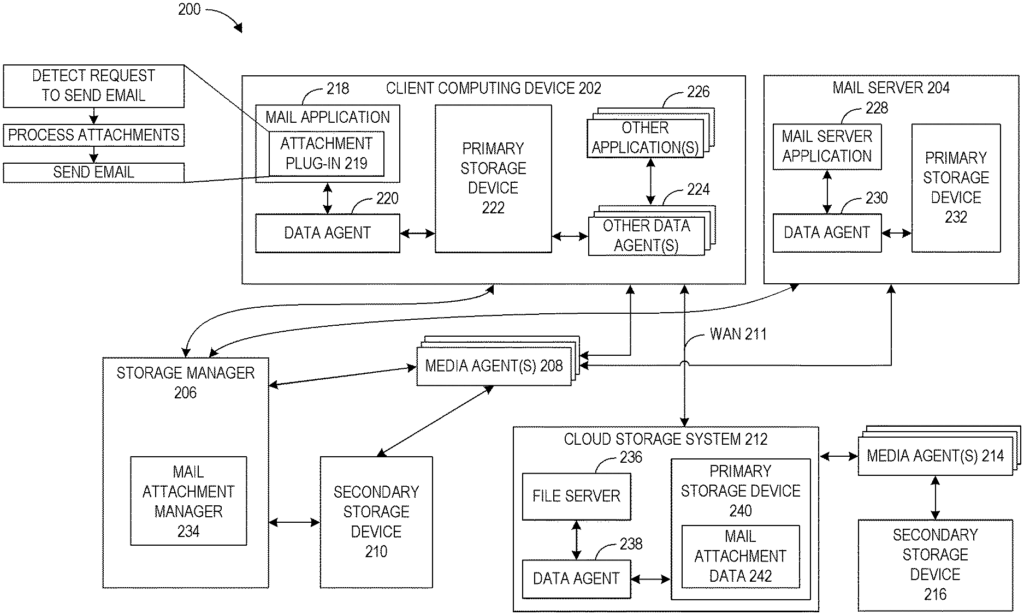
The Commvault Systems Inc invention works as follows
A system that improves the sending of emails with attachments is described in certain aspects. The system can detect an request to send an attachment-containing email to one or multiple recipients, create copies of the attached files on a network storage medium, replace the attachments in the email by links to these copies, and then send the email that contains the links to those recipients.
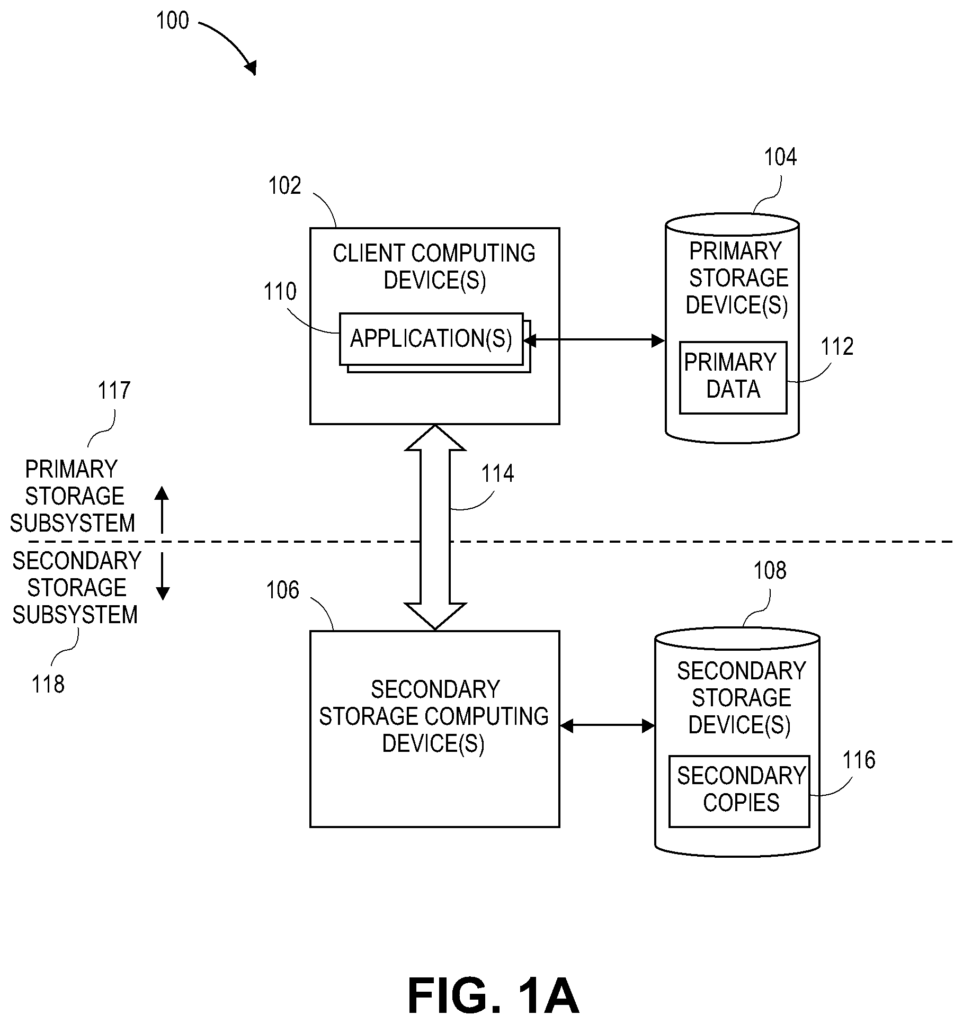
Background for Storage of attachments in mail
Client Computing Devices.
Primary Data, Exemplary Primary Storage Devices
Secondary copies and Exemplary Secondary Storage Devices
The Use Of Intermediate Devices to Create Secondary Copies
Exemplary Secondary Data and Exemplary Primary Data
Exemplary Information Management System Architecture
Storage Manager
Data Agents
Media Agents
Distributed, Scalable Architecture
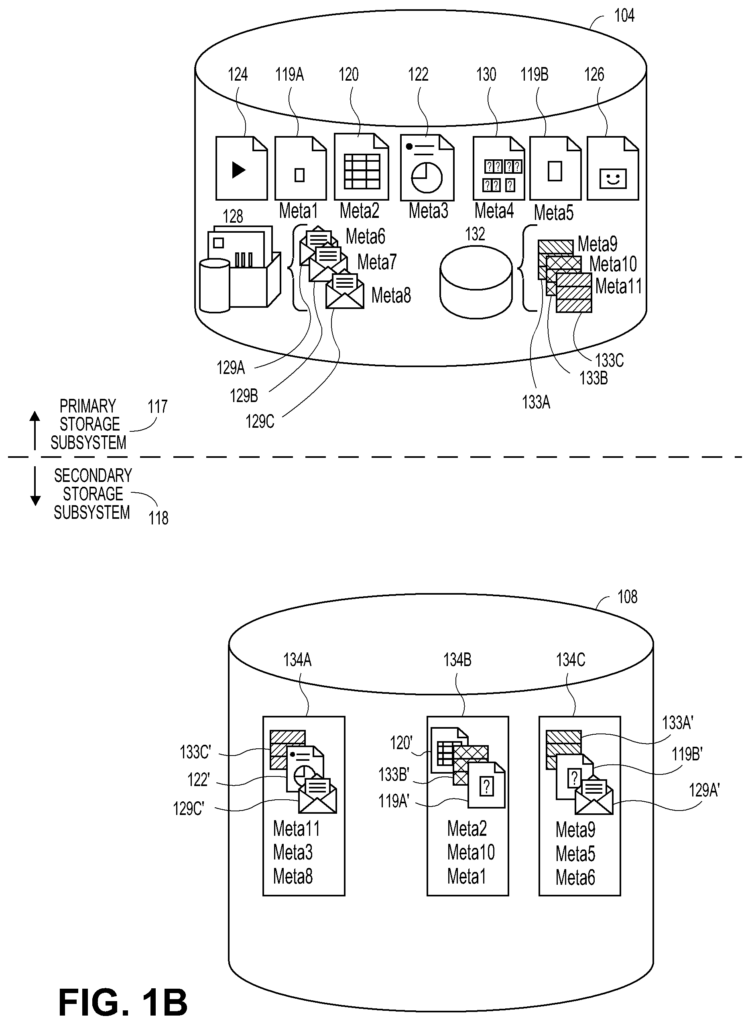
Exemplary Types Information Management Operations
Data Movement Operations
Backup Operations
Archive Operations
Snapshot Operations
Replication Operations
Deduplication/Single-Instancing Operations
Information Lifecycle Management and Hierarchical Storage Management Operation
Auxiliary Copy” and Disaster Recovery Operations
Data Analysis, Reporting and Management Operations
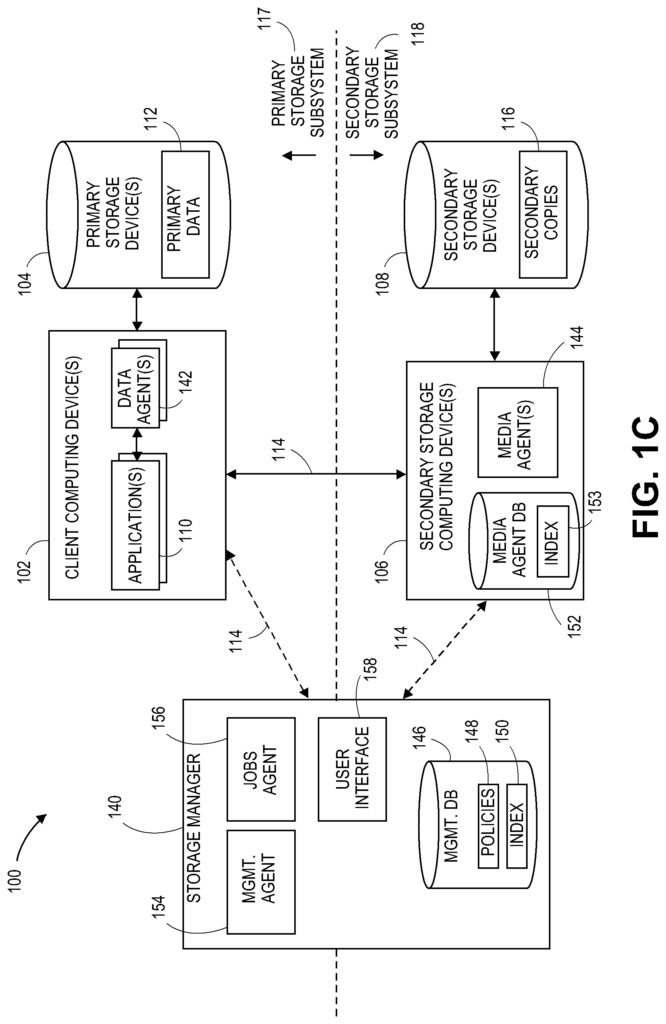
Classification Operations/Content Indexing
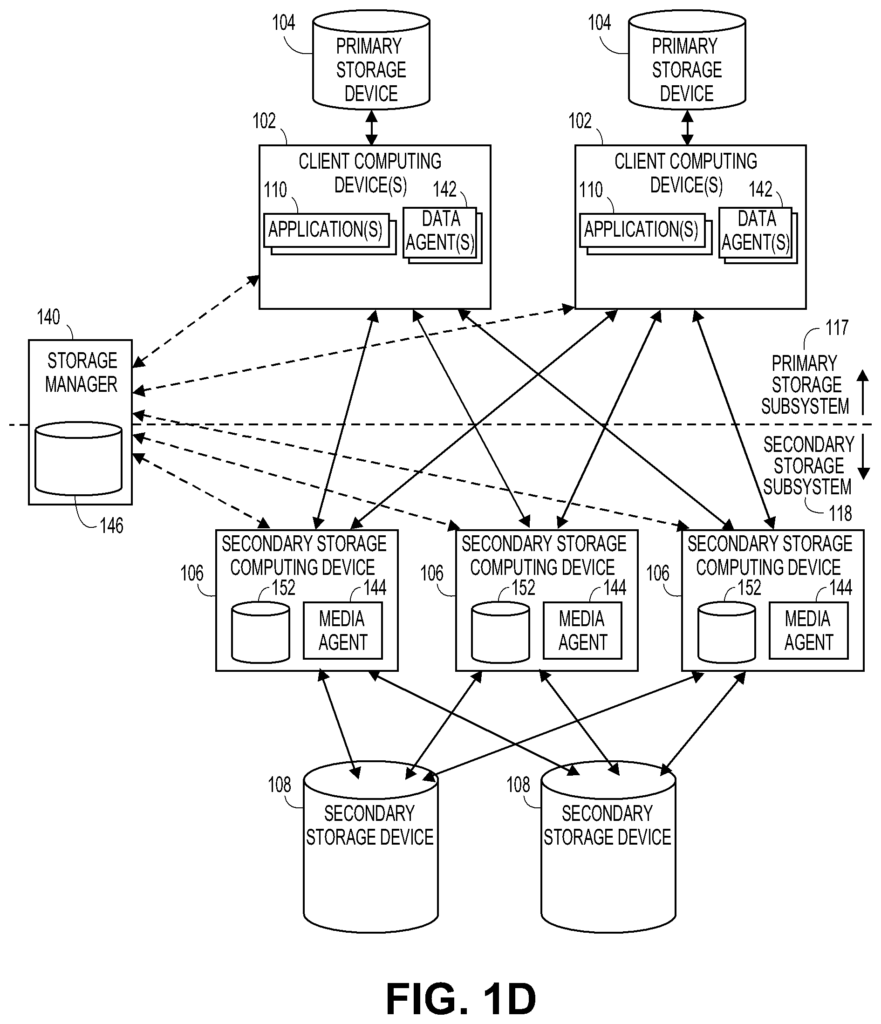
Click here to view the patent on Google Patents.
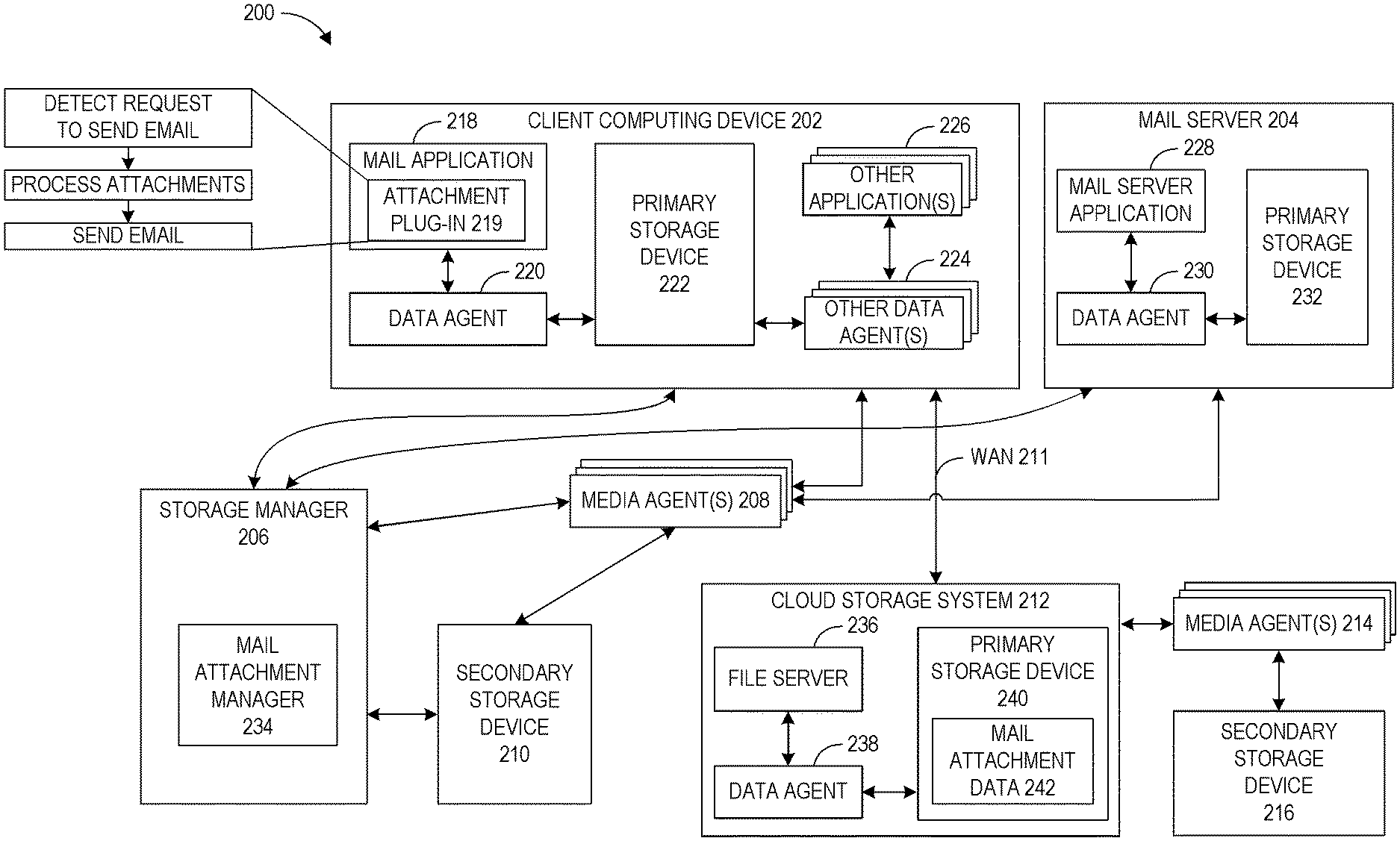
Leave a Reply